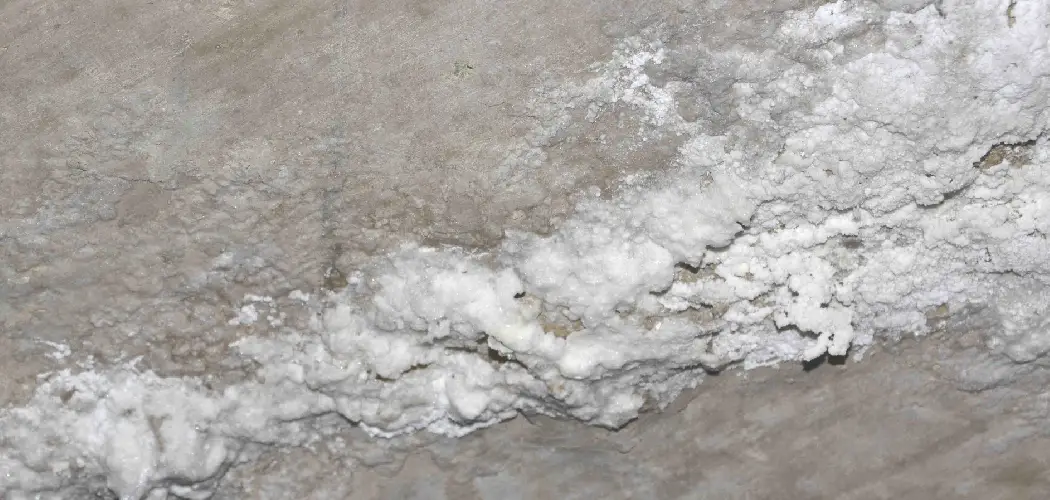Have you ever noticed mysterious white crusty spots on your concrete driveway or patio? Chances are, this is the result of salt damage. While it can be disheartening to realize that something you’ve invested in has been compromised, don’t worry—this problem can be fixed! Read ahead to find out how with our comprehensive guide for repairing and restoring salt-damaged concrete.
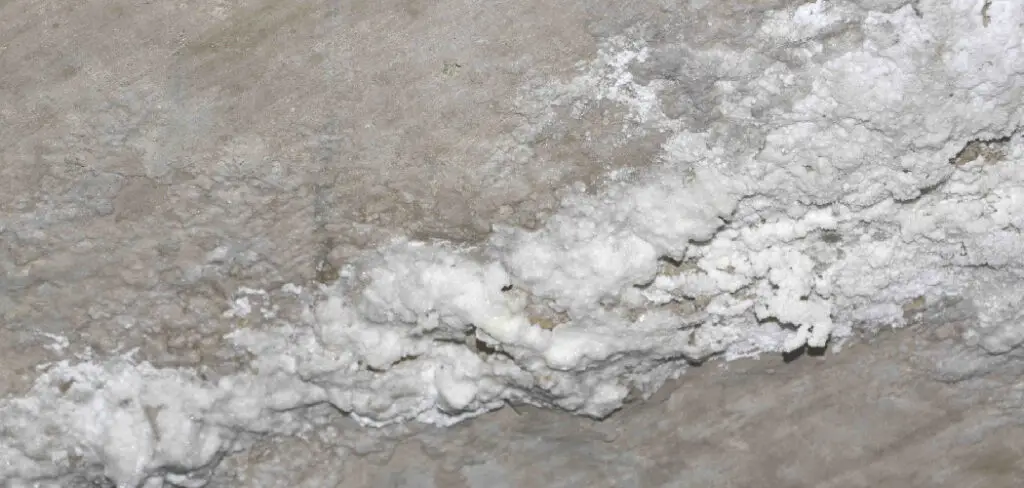
Concrete has been a reliable, durable material used in many different construction projects for decades. Unfortunately, the longevity of this material can be compromised if it is not properly maintained and sometimes even simply exposed to too much salt over a long period of time. If you’ve experienced salt damage on your concrete surfaces, don’t worry-you aren’t alone! In this blog post, we’ll cover everything related to how to repair salt damaged concrete so that you can restore the luster of your property while also ensuring its durability and strength against future damage.
What Causes Salt Damage on Concrete?
There are many environmental factors that can cause salt damage to concrete. Such as:
1. High Concentrations of Water
One of the primary causes of salt damage on concrete is high concentrations of water. This could include exposure to rain or snow, flooding, or water being left sitting in puddles for an extended period of time. As the water evaporates, it leaves behind minerals that cause salt damage.
2. De-icing salts
Another major factor leading to salt damage on concrete is de-icing salts. These are commonly used on roads, sidewalks, and driveways in cold climates to remove snow and ice. Over time, the salt can seep into the concrete causing damage as it breaks down the surface layer of the concrete.
3. Sea Spray
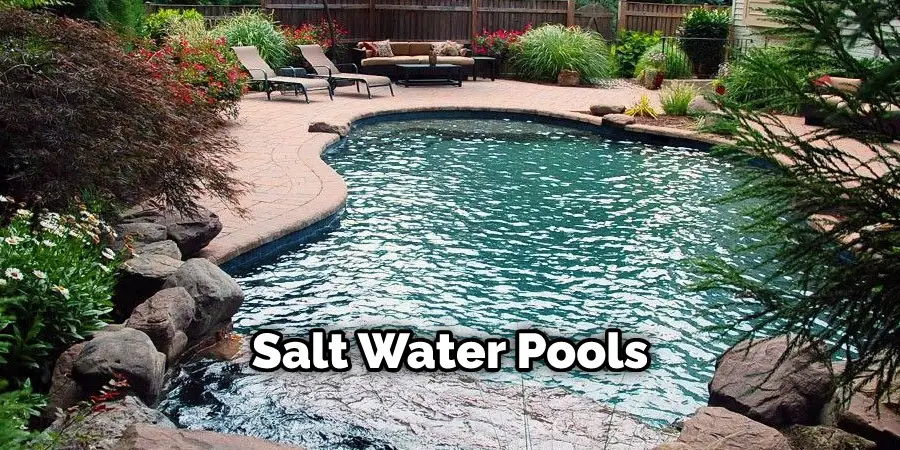
Seaside properties can be particularly susceptible to salt damage due to the salt particles in sea spray that are carried inland. This can cause corrosion to exposed concrete and lead to damage over time. Also, saltwater pools can cause damage due to the high concentration of sodium chloride in the pool water.
12 Tips On How to Repair Salt Damaged Concrete
Now that you know what causes salt damage on concrete, it’s important to understand how to repair it. Here are a few tips:
1. Clean the Concrete
The first step is to clean the affected area because any dirt or debris can further damage your concrete. Use a scrub brush and cleaning detergent to remove any buildup from the surface of the concrete. Also, be sure to rinse off the area with a garden hose.

2. Sweep Away Loose Concrete
Next, use a broom to sweep away loose concrete particles from the affected area. This will make it easier for you to repair the damage and prevent further destruction of your concrete. So if there’s any crumbling or chipping, use your broom to sweep it away.
3. Apply a Concrete Patching Compound
Once the area is cleaned, and you’ve removed any debris, apply a concrete patching compound to the affected area. This will help fill in any cracks or crevices that may have been caused by the salt damage. Make sure you use enough compound to fill up the affected area completely.
4. Trowel Down the Patching Compound
Once your patching compound has been applied, smooth it out with a trowel or concrete float. This will help create a level surface and make it easier for you to apply further repairs. Also, use the trowel to blend the patching compound with the existing concrete.
5. Apply an Epoxy Repair Material
You may need to use an epoxy repair material for larger cracks or areas of damage. This will create a waterproof seal over the affected area and help prevent further salt damage in the future. Make sure you follow all instructions on the product packaging before applying.
6. Pour Sand or Grout Into The Cracks
If you’re dealing with larger cracks, pour sand or grout into the crevices to help fill them in and prevent water from getting in. This will also help keep the area even and level after repairs have been made. Be sure to use a garden hose to rinse away any excess material.
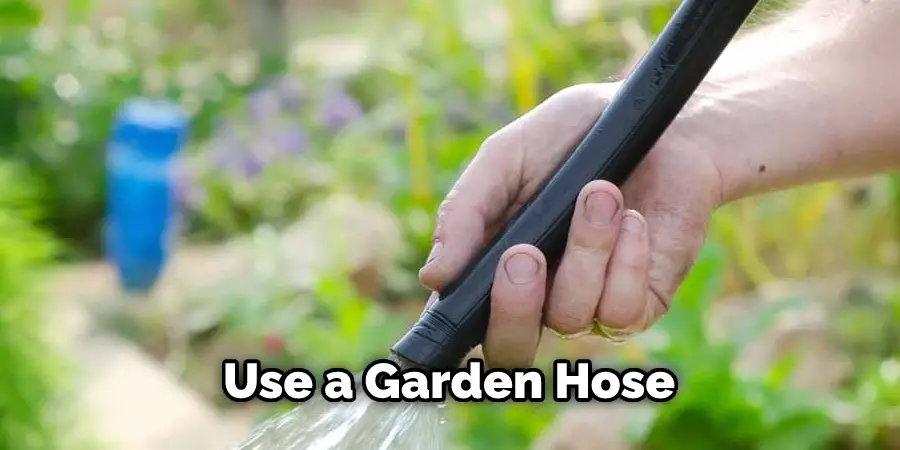
7. Install Expansion Joints
Salt damage can cause concrete surfaces to expand and contract, which over time can lead to further destruction of the concrete. To help prevent this from happening, install expansion joints around the affected area. This will help keep the surface even and reduce future salt damage.
8. Seal The Concrete
Once your repairs have been made, it’s important to seal the concrete with a waterproof sealant. This will protect the area from further damage and help keep moisture out of the affected area. Also make sure to use a sealant that is specifically designed for outdoor use.
9. Reduce Salt Exposure
One of the best ways to prevent salt damage on your concrete is to reduce exposure to it. You can do this by keeping ice and snow away from the affected area and making sure there’s no patio standing water or puddles nearby. Also, try to keep the area covered when possible, such as with a tarp or cover.
10. Use De-Icers Sparingly
If you live in an area that experiences harsh winters, it’s important to use de-icers sparingly. This will help reduce salt exposure on your concrete surfaces and prevent further damage. Use natural de-icers, such as vinegar or baking soda, when possible.
11. Install a Drainage System
If you have drainage problems in your concrete surfaces, installing a system that will help keep water away from the affected area is important. This will reduce moisture buildup and prevent salt damage from occurring. Make sure to check the drainage system regularly to ensure it’s working properly.
12. Consider Replacing The Concrete
Lastly, if the damage is too severe, you may need to consider replacing the concrete. This will require a professional contractor and could cost more money, but it’s the only way to ensure that your concrete will be safe from salt damage for years to come. Be sure to get multiple estimates before deciding on a contractor.
By following these steps, you can easily repair salt-damaged concrete and prevent it from happening in the future. Just remember to keep up with regular maintenance, such as cleaning and sealing, to help keep your concrete looking its best. With a little bit of work, you can easily restore your concrete surfaces and ensure it stays looking great for years to come.
Frequently Asked Questions
What Precautions Should Be Taken When Repairing Salt Damaged Concrete?
When repairing salt-damaged concrete, the area should be thoroughly cleaned before beginning repairs. This will ensure that any remaining salt is removed from the surface so that it won’t interfere with the repair process. Additionally, protective gear such as safety goggles and gloves should always be worn when working with concrete products.
What Methods Are Used To Repair Salt Damaged Concrete?
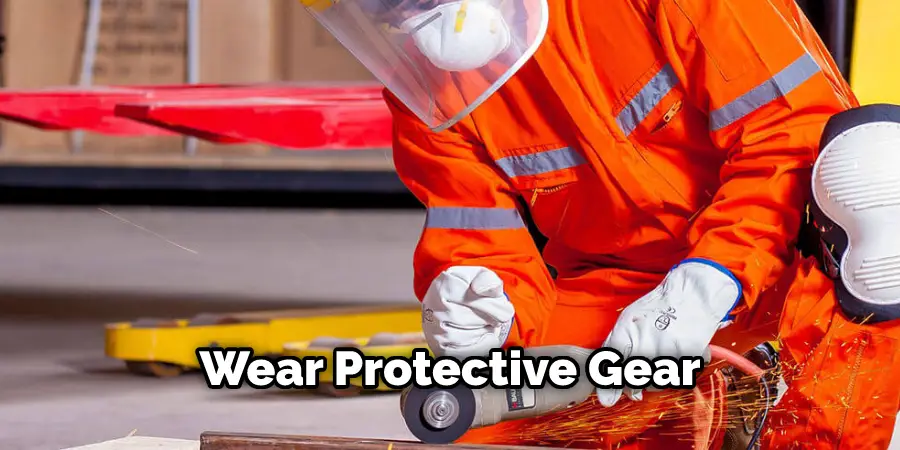
The method used to repair salt-damaged concrete will depend on the extent of damage and the desired results. Minor cracks, chips, or pits can typically be filled with a patching material such as epoxy mortar or cementitious grout. More extensive damage may require the use of concrete patches or resurfacing compounds to fill in and even out the surface. In extreme cases, it may be necessary to replace the damaged section altogether.
How Can Salt Damage Be Prevented?
Salt damage can best be prevented by keeping salt-containing materials, such as deicers, away from concrete surfaces. Additionally, regular maintenance, such as sealing and resealing concrete surfaces, can help extend the life of the surface and reduce damage from salt exposure.
It is especially important to read and follow all instructions when using deicers, as some products may be more damaging than others. Following these precautions can help keep concrete surfaces looking their best and minimize repair needs. Also, try to keep the area covered when possible, such as with a tarp or cover. This will help reduce salt exposure and prevent further damage.
Conclusion
Now you know how to repair salt damaged concrete and what steps you can take to prevent it from happening in the future. By regularly cleaning and sealing concrete surfaces and reducing salt exposure, you can ensure that your concrete will look its best for years to come. With a little bit of work and maintenance, you can easily keep your concrete looking beautiful and damage-free.
Understanding the causes of salt-damaged concrete and knowing how to repair it is important. Taking proper preventative measures, such as keeping water away from the surface, will help stop the damage before it starts. However, if salt saturation already damages your concrete, you can still breathe new life into it. By paying close attention to detail when cleaning the surface and applying a good sealer after any repairs have been made, you can easily restore your salt-damaged concrete to its former glory.

